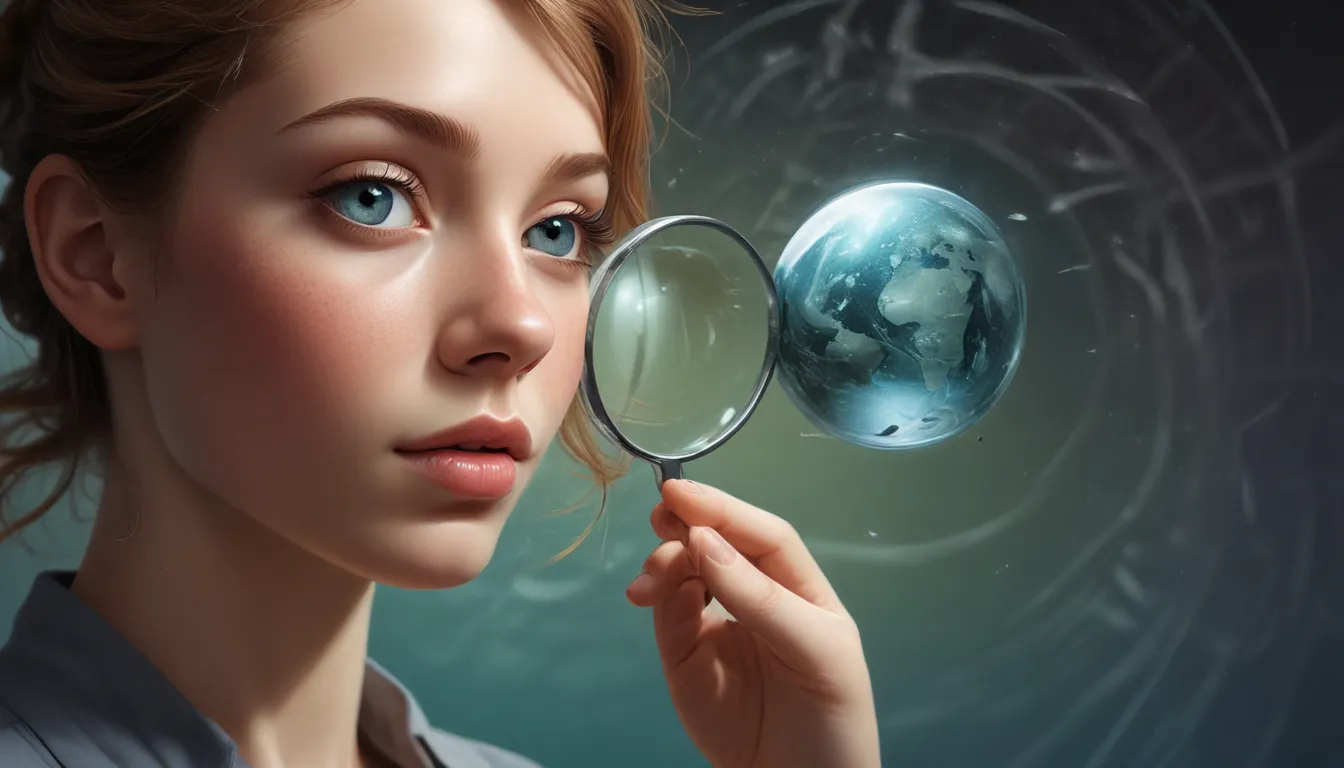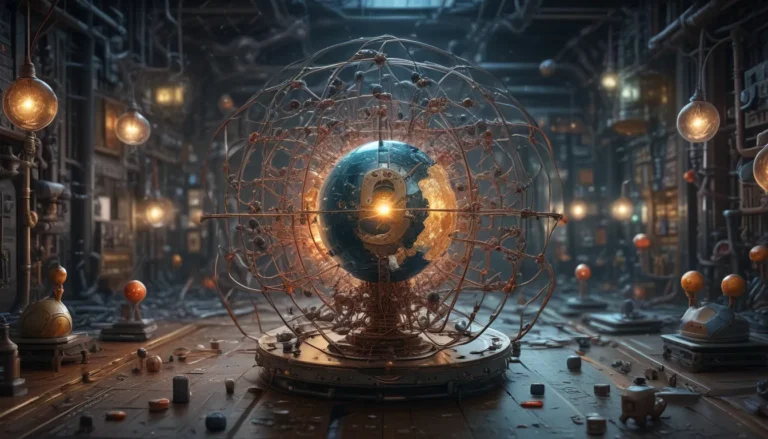A Note About Images: The images used in our articles are for illustration purposes only and may not exactly match the content. They are meant to engage readers, but the text should be relied upon for accurate information.
Reflection is a remarkable phenomenon that plays a significant role in how we perceive the world around us. From mirrors to optical devices, reflection is a fundamental aspect of light and optics that continues to intrigue scientists and enthusiasts alike. In this article, we will delve into the captivating world of reflection and uncover 14 fascinating facts that will broaden your understanding of this remarkable phenomenon.
The Basics of Reflection
Reflection occurs when light encounters a surface and bounces back in a predictable manner, allowing us to see ourselves in mirrors and objects around us. When light waves bounce off a surface, they change direction and return to the medium from which they came, allowing us to see our surroundings. The fundamental laws of reflection dictate how light behaves when it encounters different surfaces.
Law of Reflection
The law of reflection states that the angle of incidence, which is the angle between the incoming light ray and the normal to the surface, is equal to the angle of reflection, which is the angle between the reflected light ray and the normal. This principle holds true for smooth and polished surfaces, providing a basis for understanding how light behaves when it bounces off a surface.
Surfaces of Reflection
Reflection can occur on a variety of surfaces, including mirrors, metals, water, glass, and even rough surfaces like paper. Each surface may exhibit different properties when it comes to reflecting light, resulting in varying levels of reflection. Whether it’s a mirror or a body of water, different surfaces interact with light in unique ways, influencing the quality of the reflection produced.
Applications of Reflection
Reflection plays a crucial role in human vision, enabling light to bounce off objects and enter our eyes, allowing us to see the world around us. It is also responsible for creating virtual images, a phenomenon where reflected light rays appear to diverge from a point behind the reflecting surface. Reflection is utilized in various optical devices such as telescopes, microscopes, and cameras to manipulate and focus light for observation and imaging purposes.
Specialized Reflection
Selective reflection occurs when only certain wavelengths of light are reflected from a surface, resulting in the perception of colors in objects. Polarized reflection involves light waves vibrating in a specific direction after reflecting off a surface, a phenomenon commonly used in polarized sunglasses to reduce glare. Reflection also influences sound waves, creating echoes when sound encounters a surface and bounces back.
Reflecting Pool and Mirrors
The iconic Reflecting Pool is a serene body of water that creates stunning mirror images, particularly in connection with the Lincoln Memorial. This tranquil setting highlights the beauty of reflection in nature, showcasing how light interacts with water to create captivating visual effects. Mirrors, on the other hand, offer a glimpse into the science behind reflection, providing clear and undistorted images of ourselves.
Exploring More About Reflection
If you’re eager to learn more about reflection, consider exploring the physics of light and the fascinating history of reflective surfaces. Dive into the world of mirrors to satisfy your curiosity about your own reflection and how mirrors work. By understanding the principles and applications of reflection, you can gain valuable insights into the beauty and complexity of the physical world we inhabit.
Conclusion
In conclusion, reflection is a captivating phenomenon that not only enriches our understanding of physics but also enhances our daily experiences. From the way light behaves to the formation of images in mirrors, reflection plays a crucial role in how we perceive and interact with the world around us. By delving into the fascinating world of reflection, we can appreciate the intricate nature of light and optics that shape our reality.
FAQs
Q: What is reflection?
A: Reflection is the change in direction of a wavefront at an interface between two different media, such as when light bounces off a surface.
Q: How does reflection occur?
A: Reflection occurs when a wave, such as light or sound, encounters an obstacle or boundary and bounces back in the opposite direction.
Q: Why is reflection important in physics?
A: Reflection is important in physics because it allows us to study the behavior of waves, understand the properties of materials, and explain various optical phenomena.
Q: Can reflection be observed in everyday life?
A: Yes, reflection can be observed in numerous everyday scenarios such as when looking at yourself in a mirror, seeing your reflection in a still body of water, or noticing how light bounces off shiny surfaces.
Q: Are there different types of reflection?
A: Yes, there are two types of reflection: regular reflection, where light rays bounce off a smooth surface at equal angles, and diffuse reflection, where light scatters in different directions upon hitting a rough surface.






